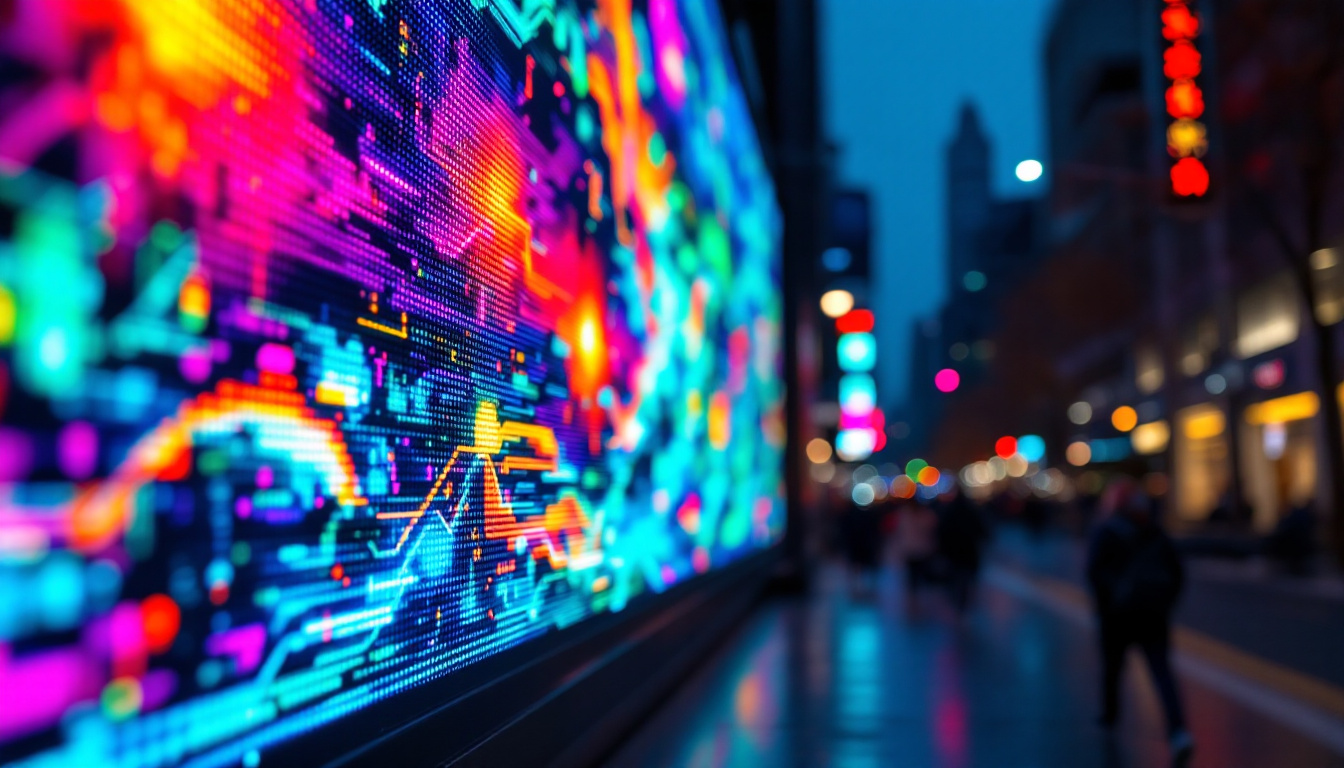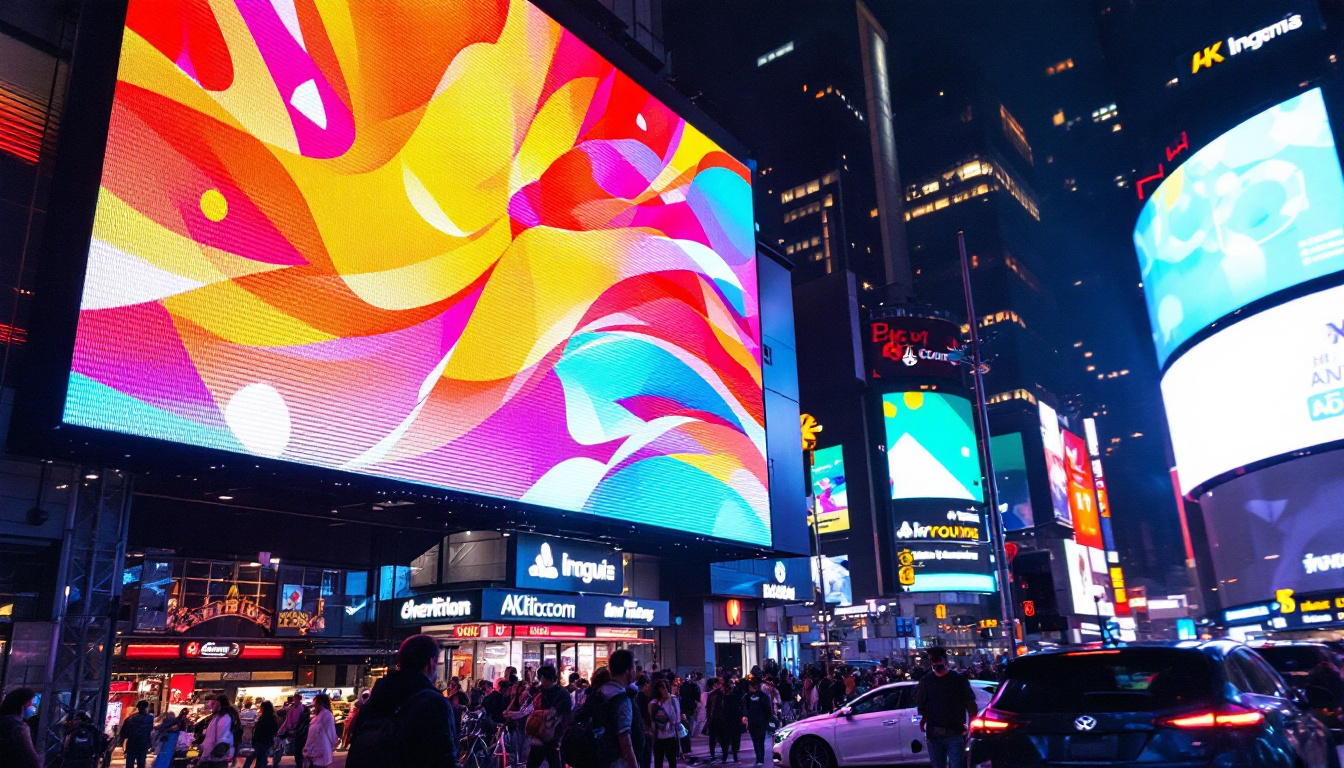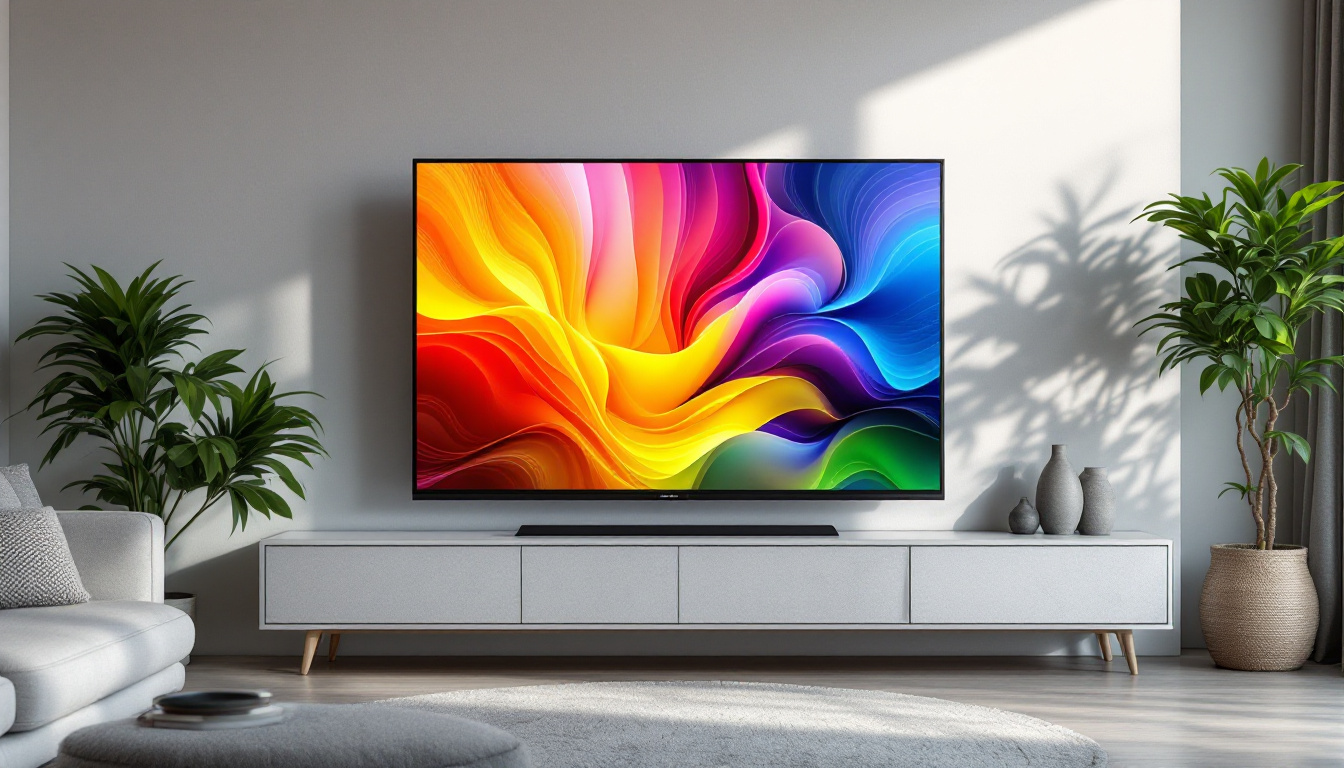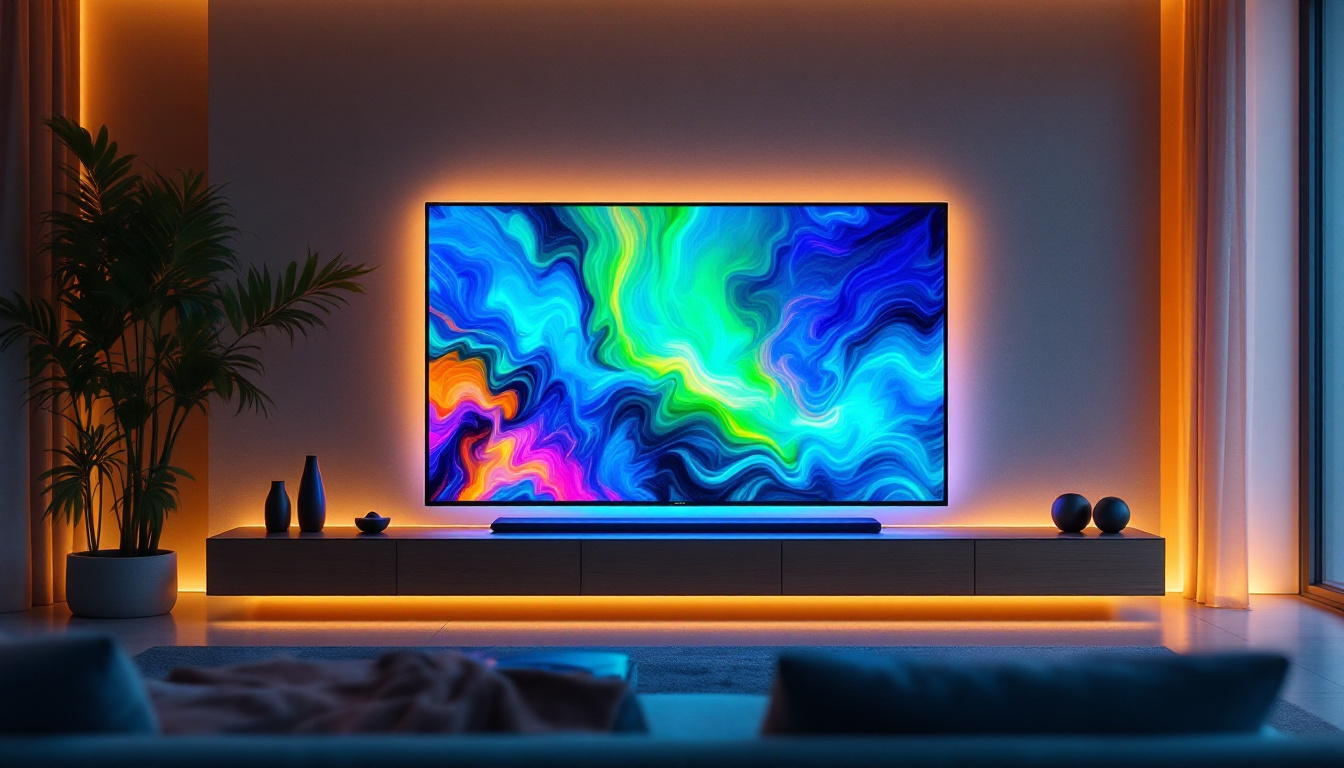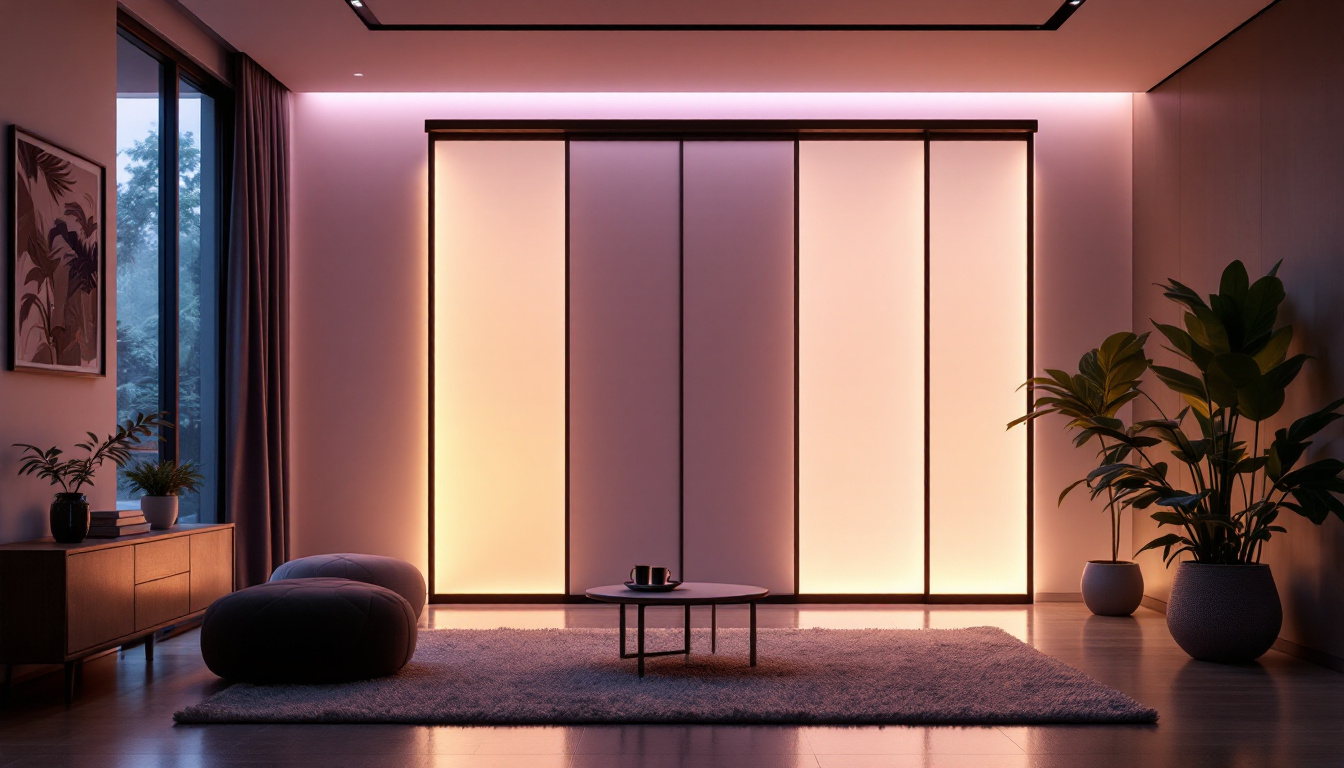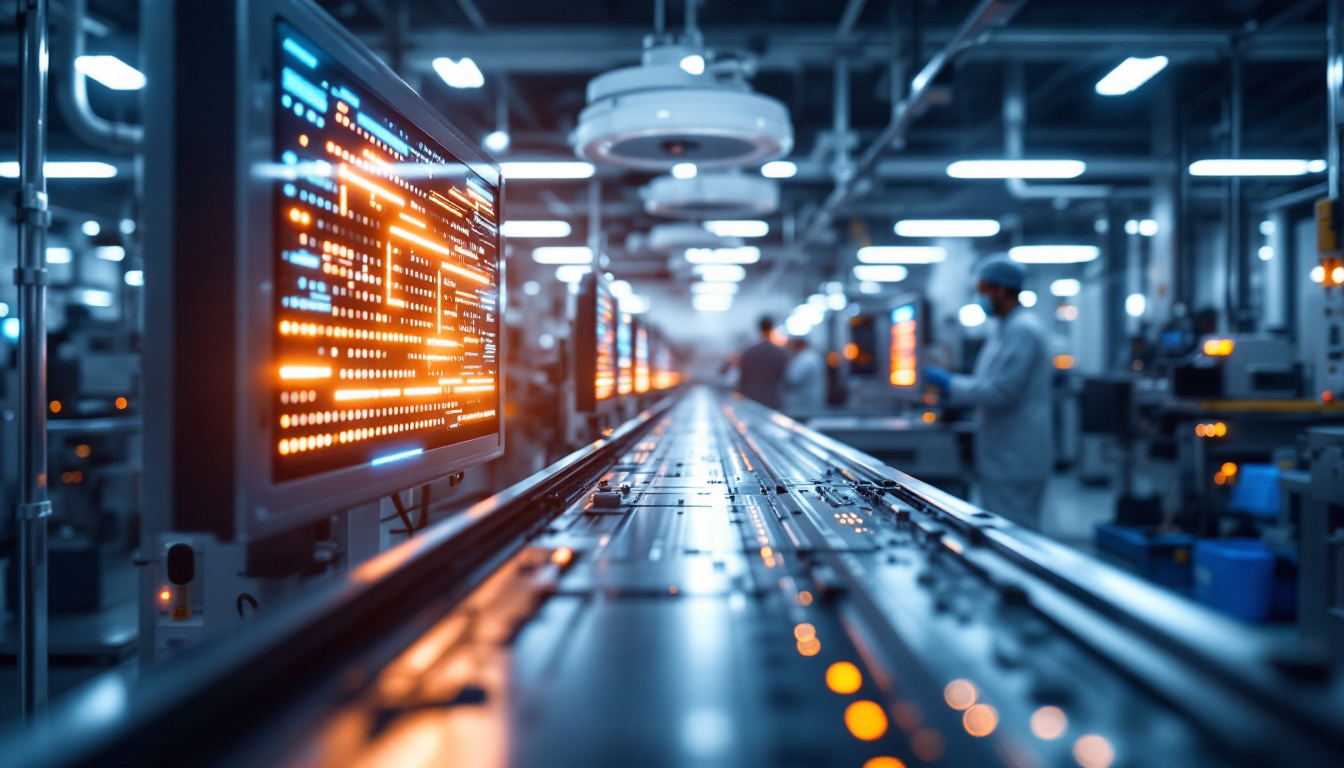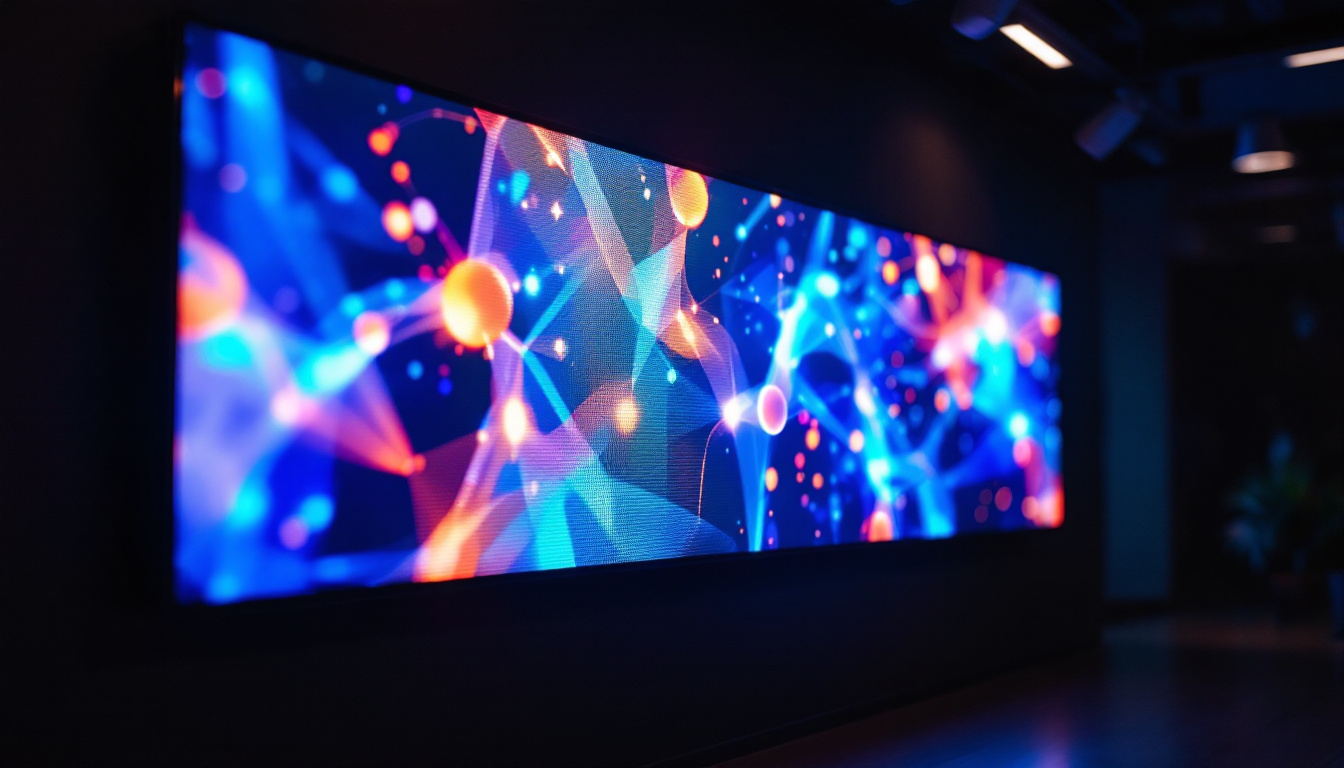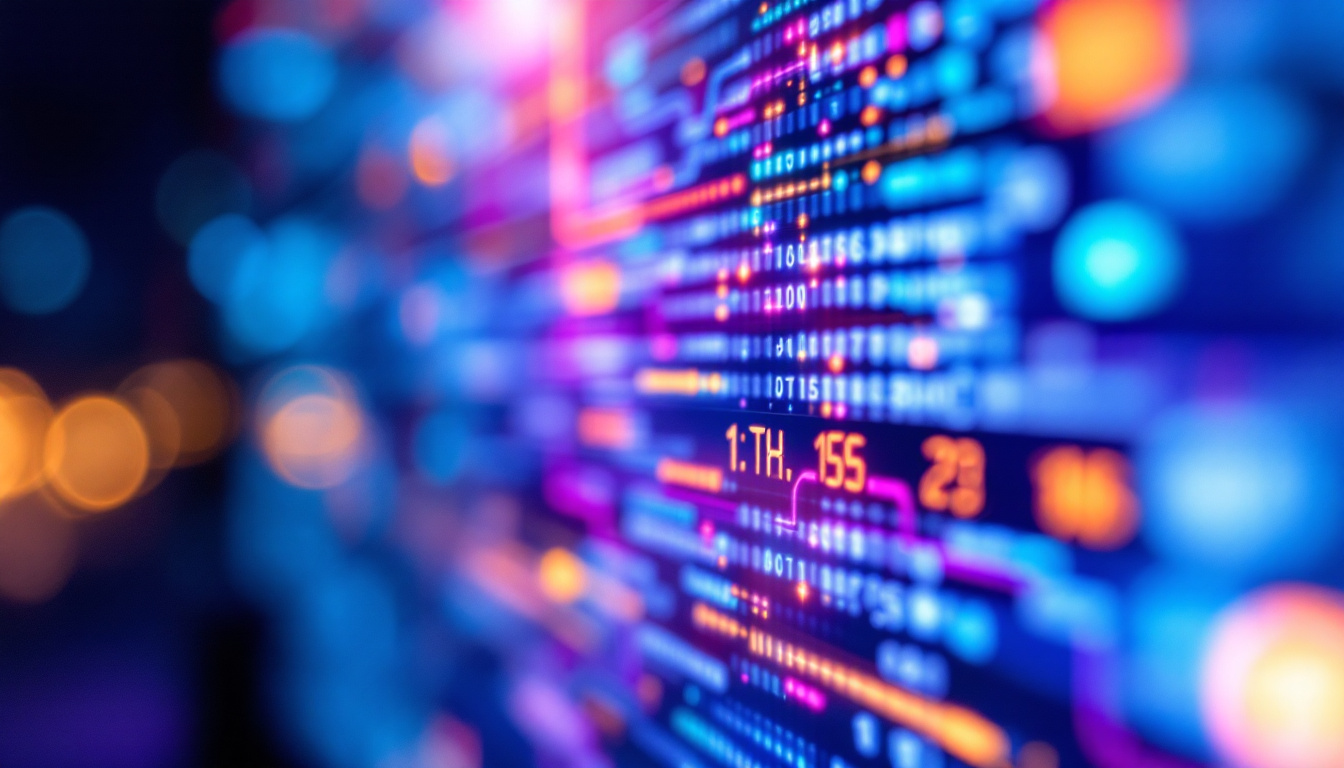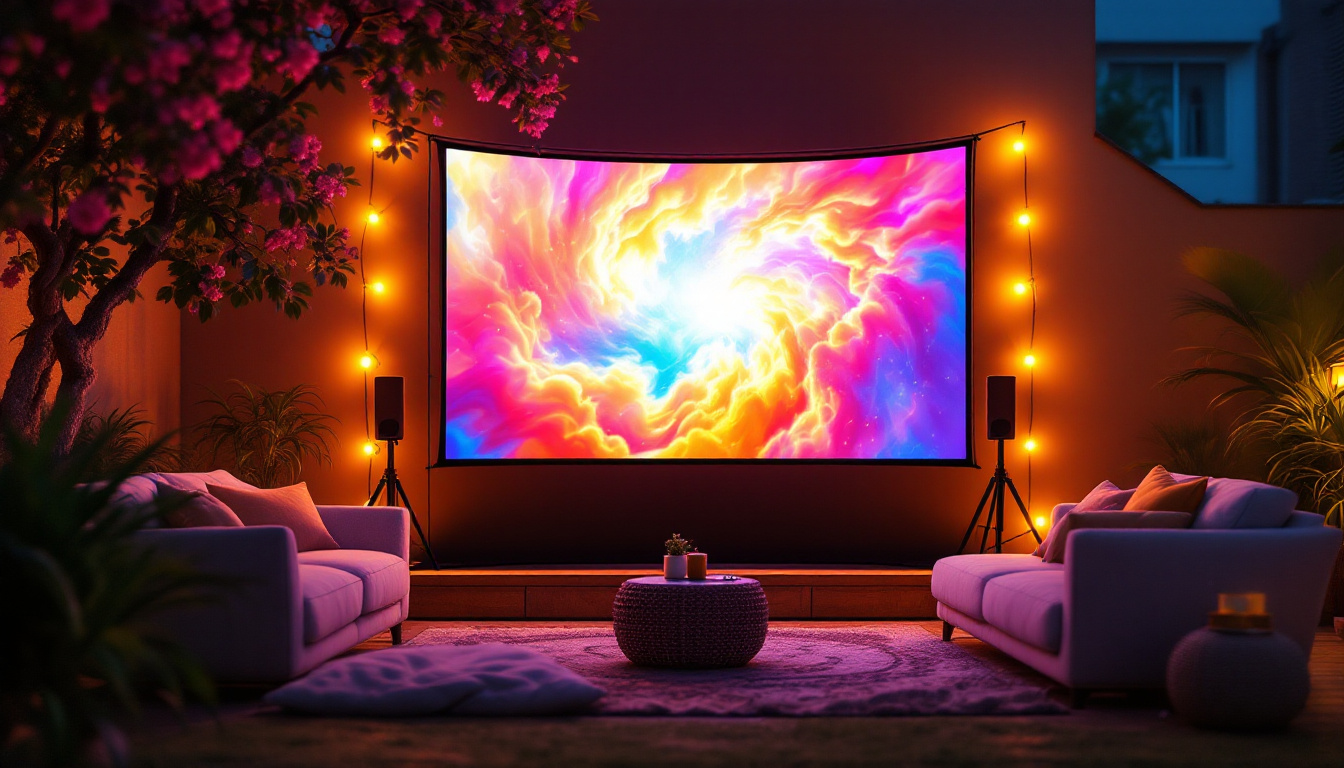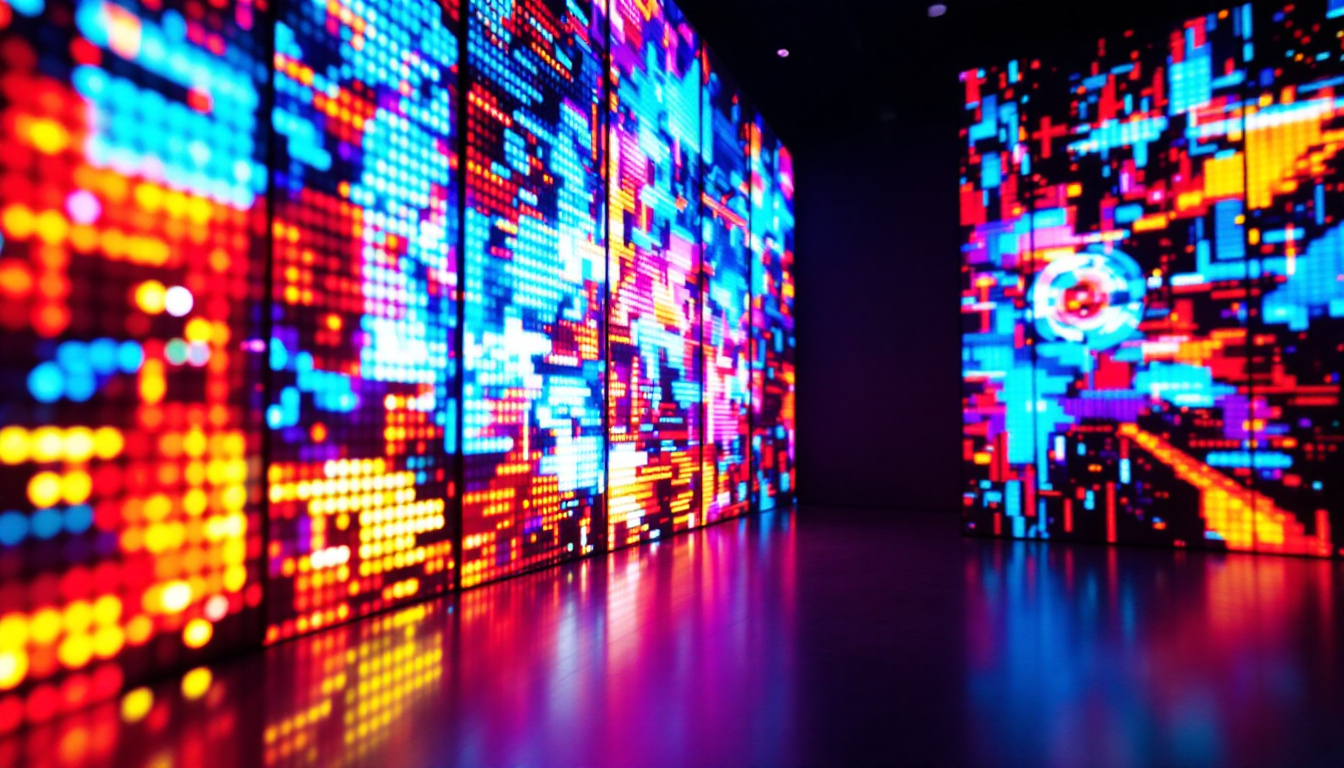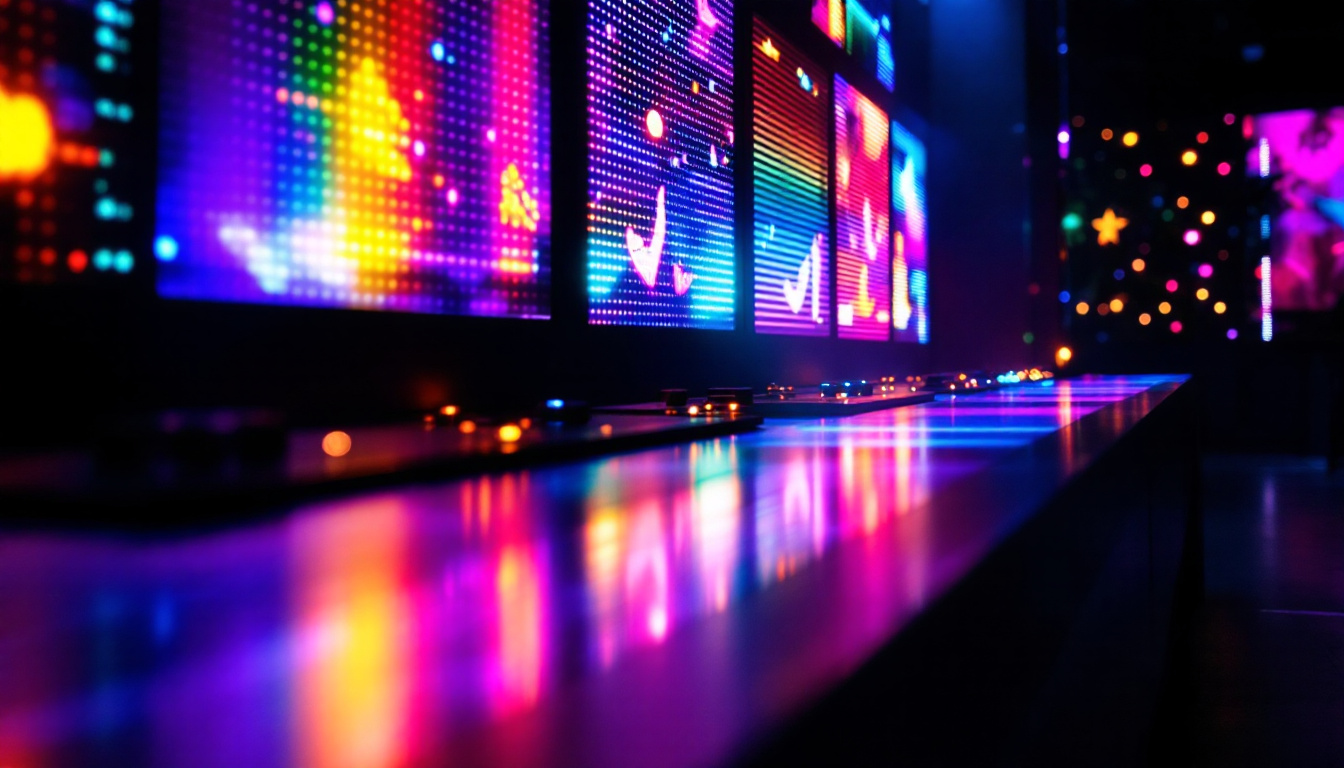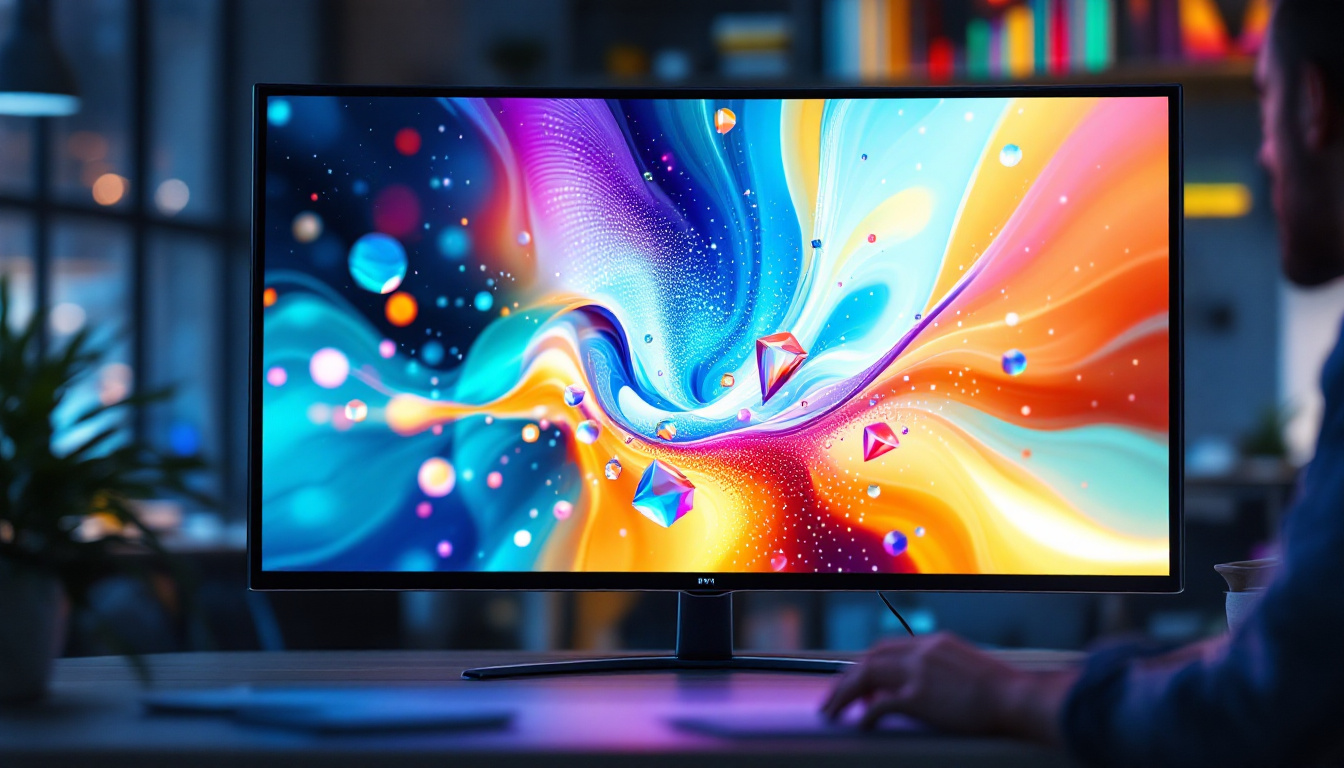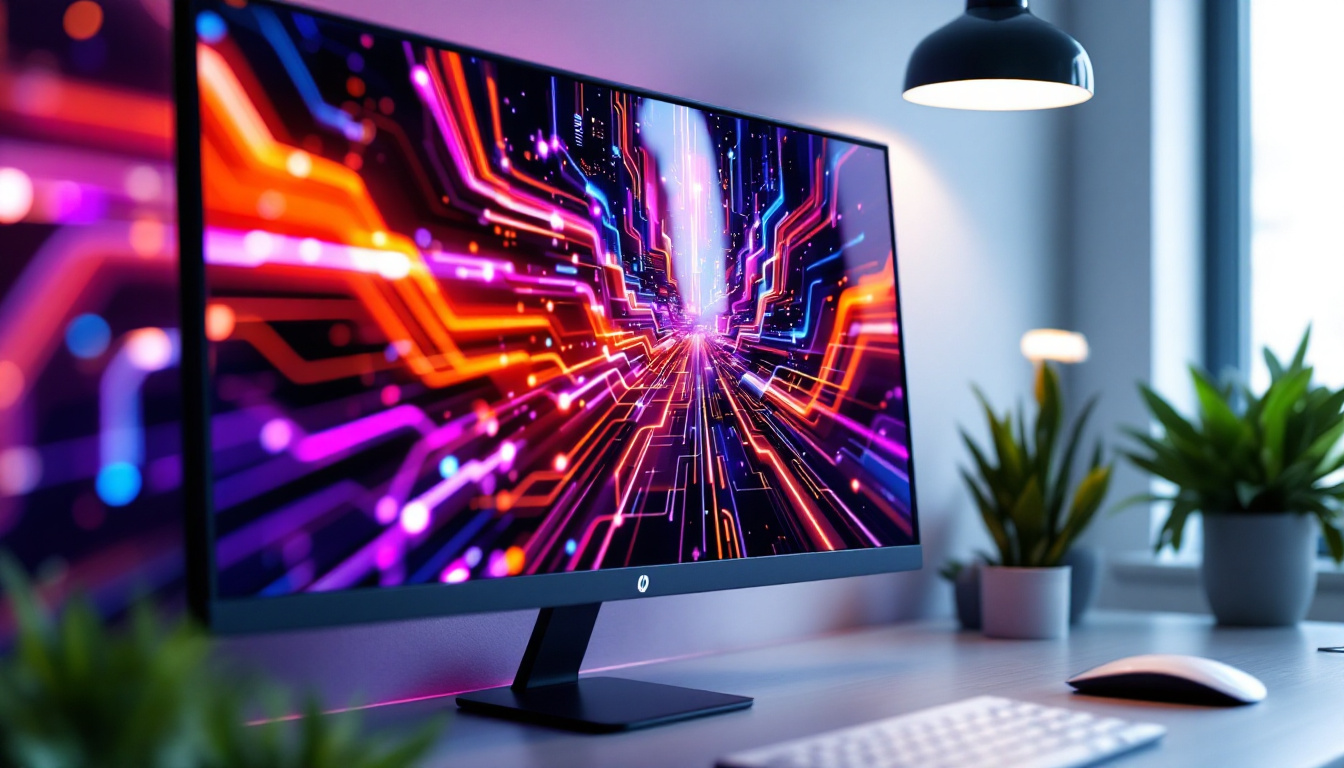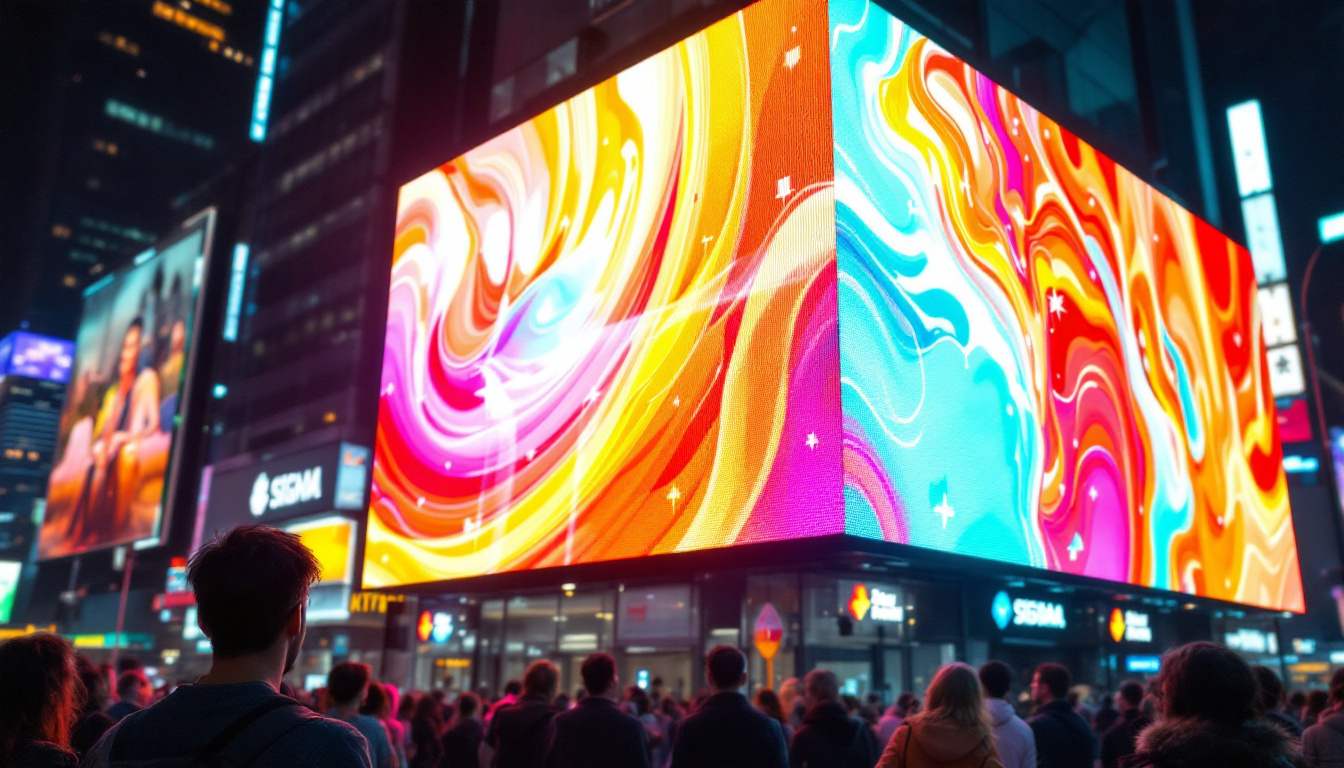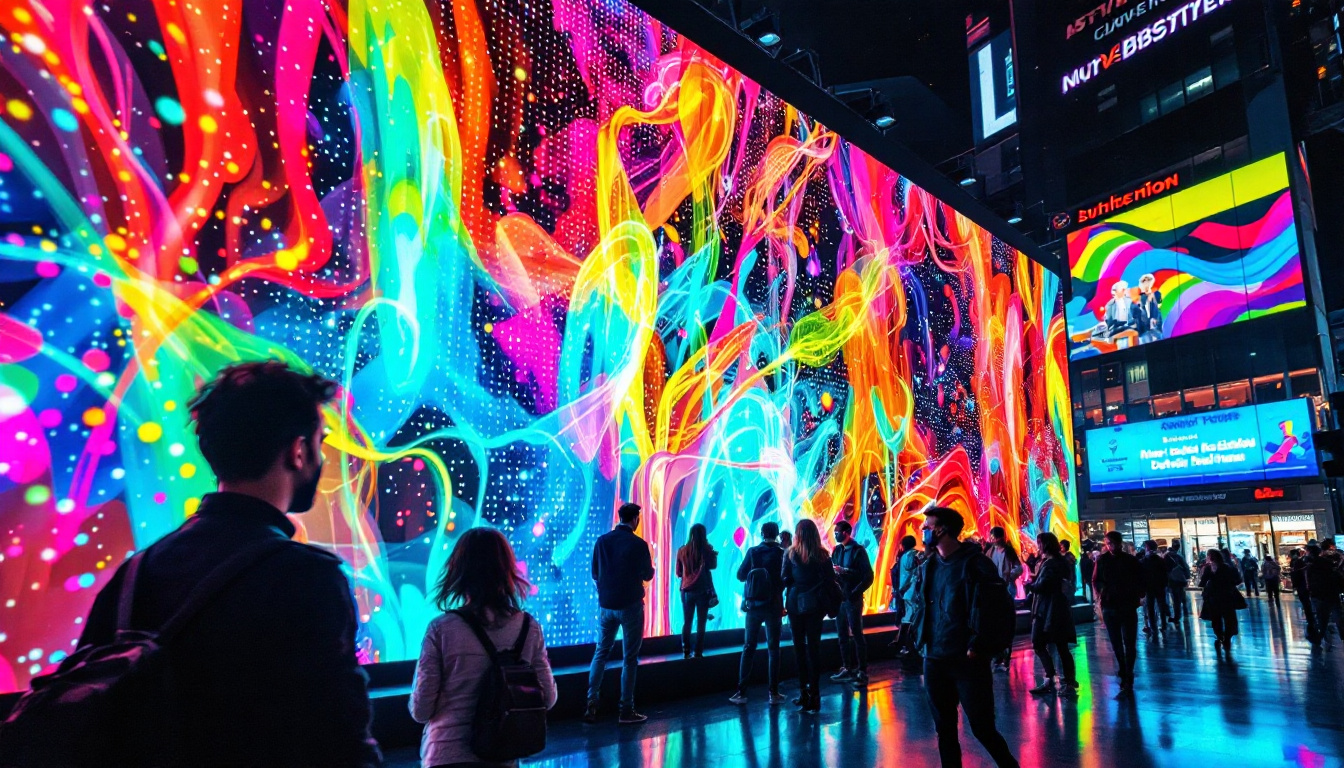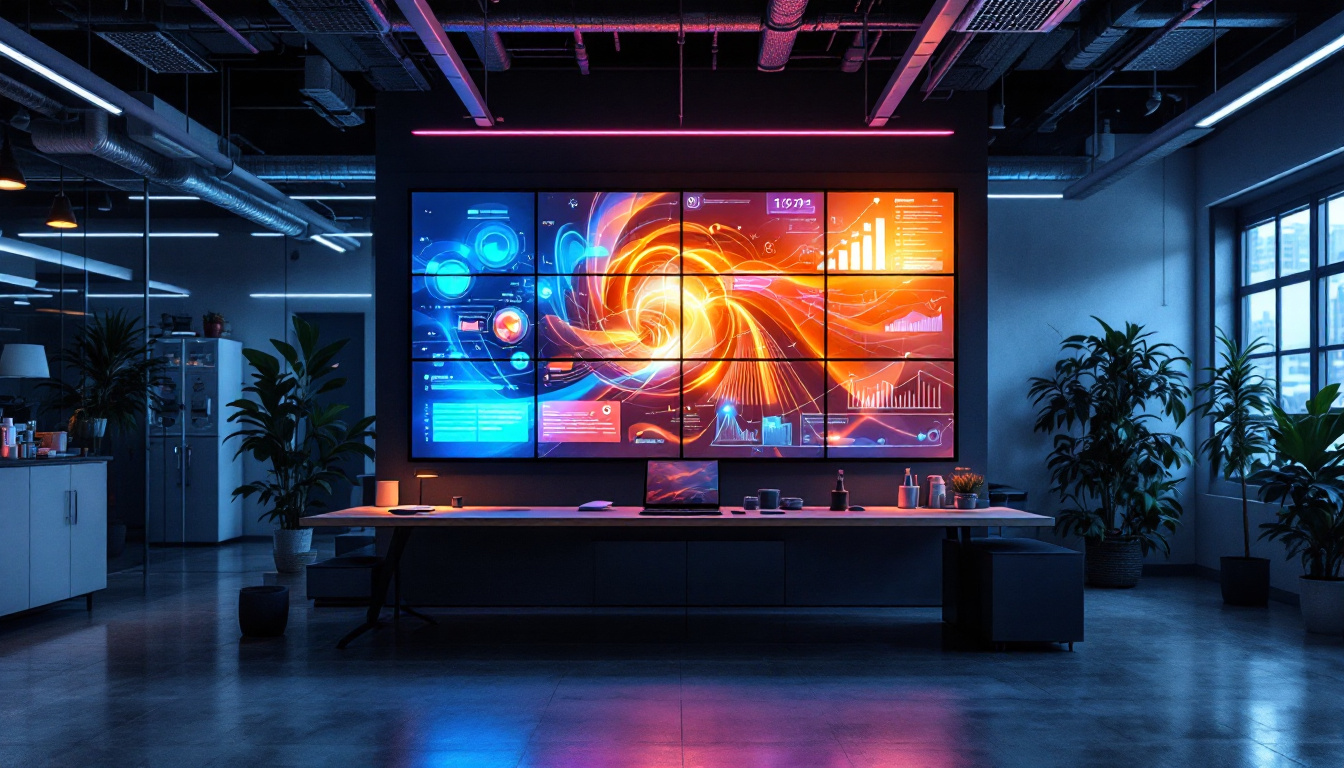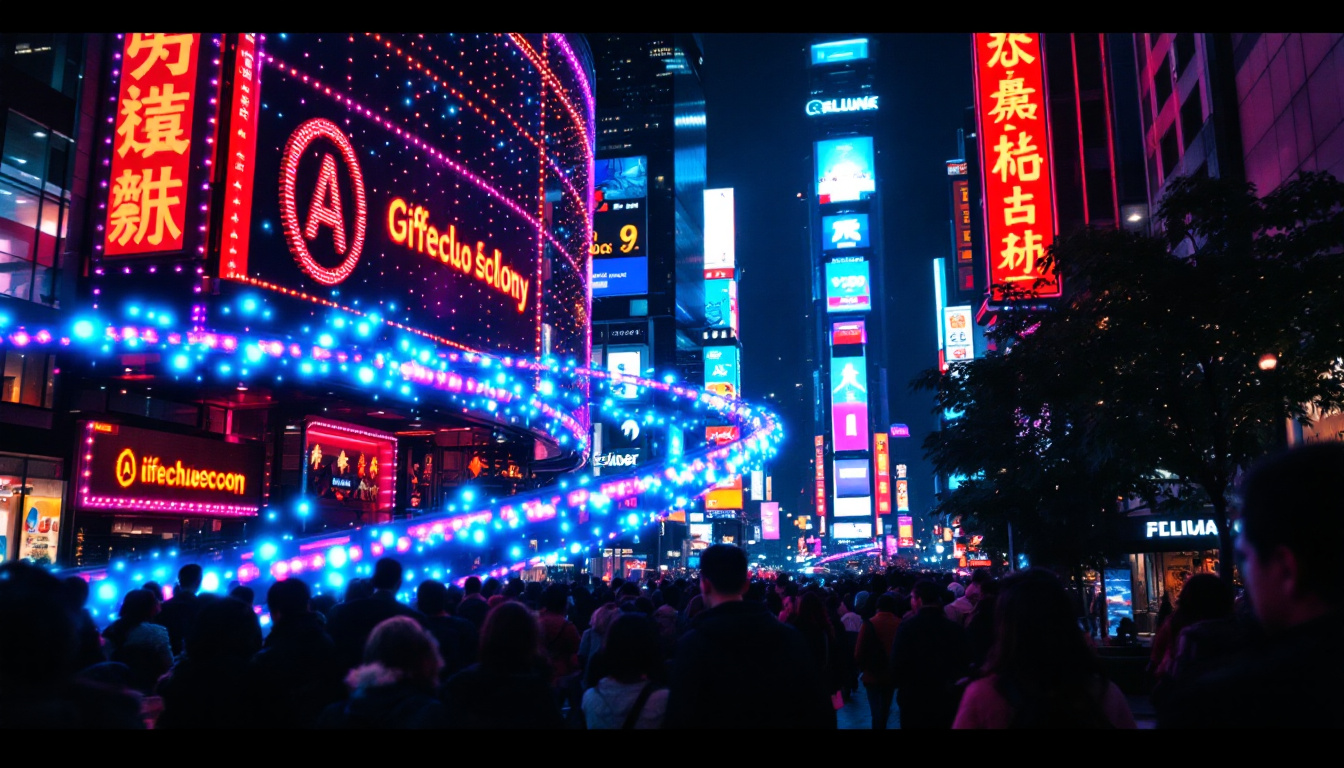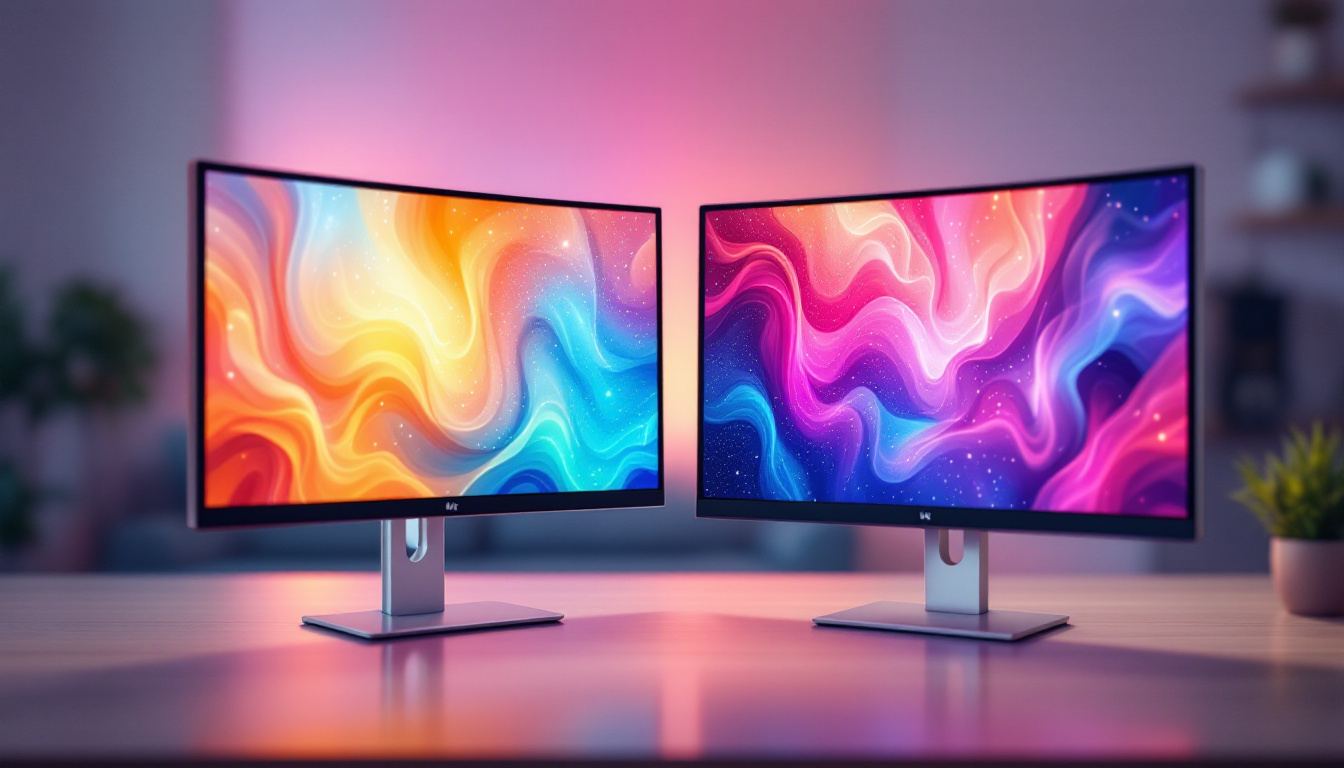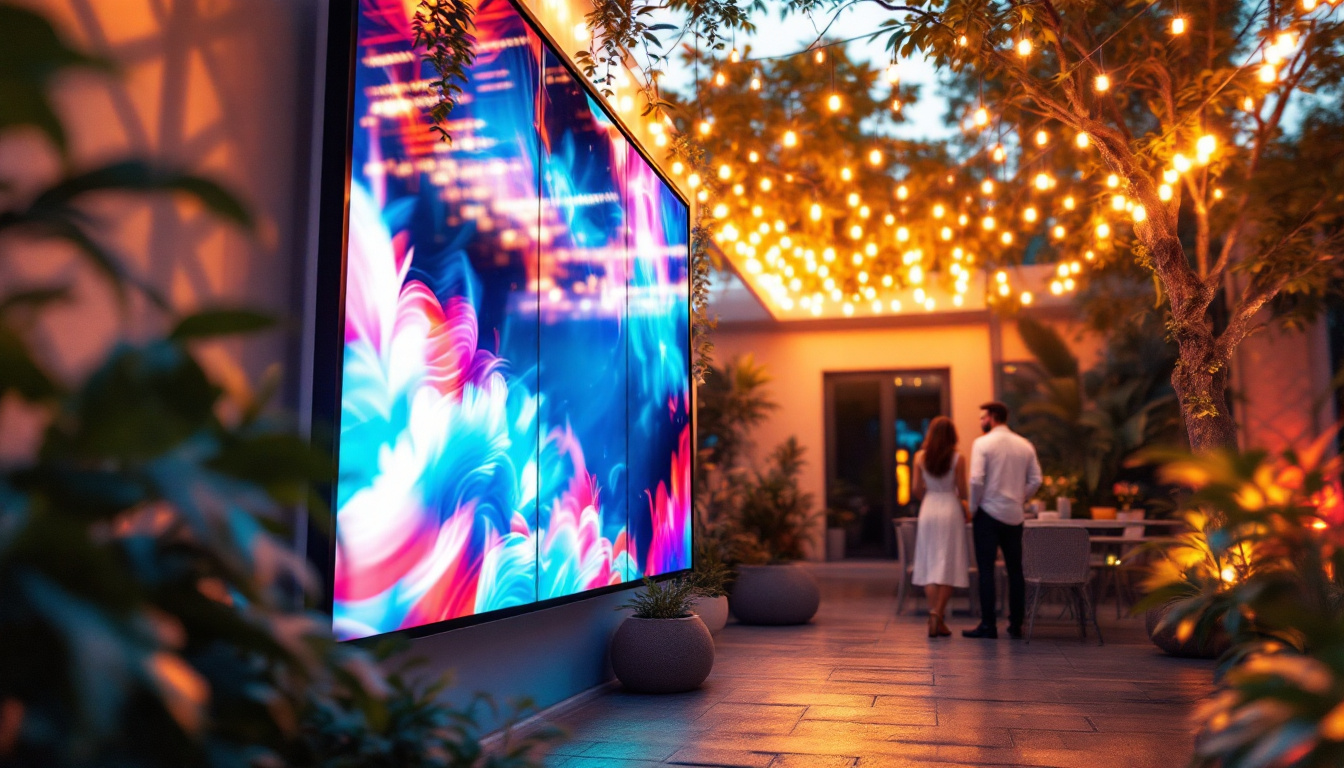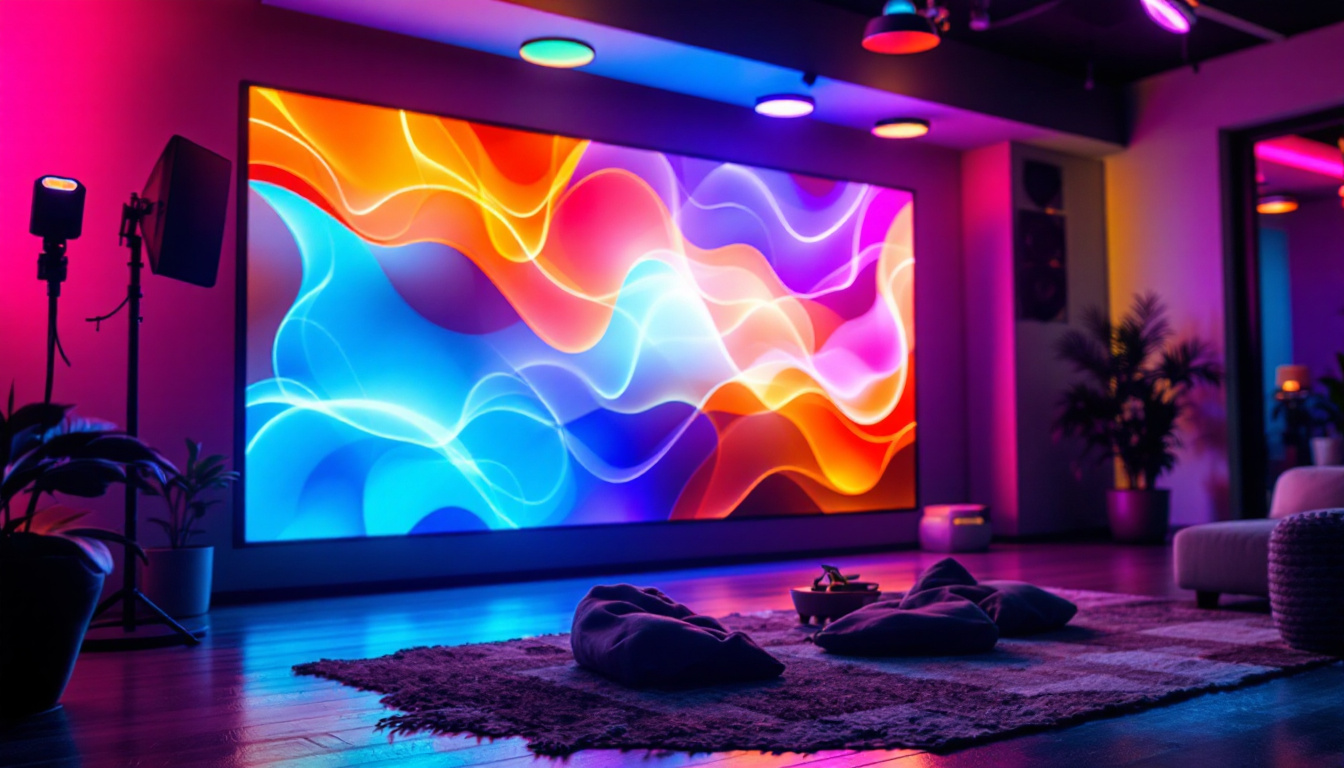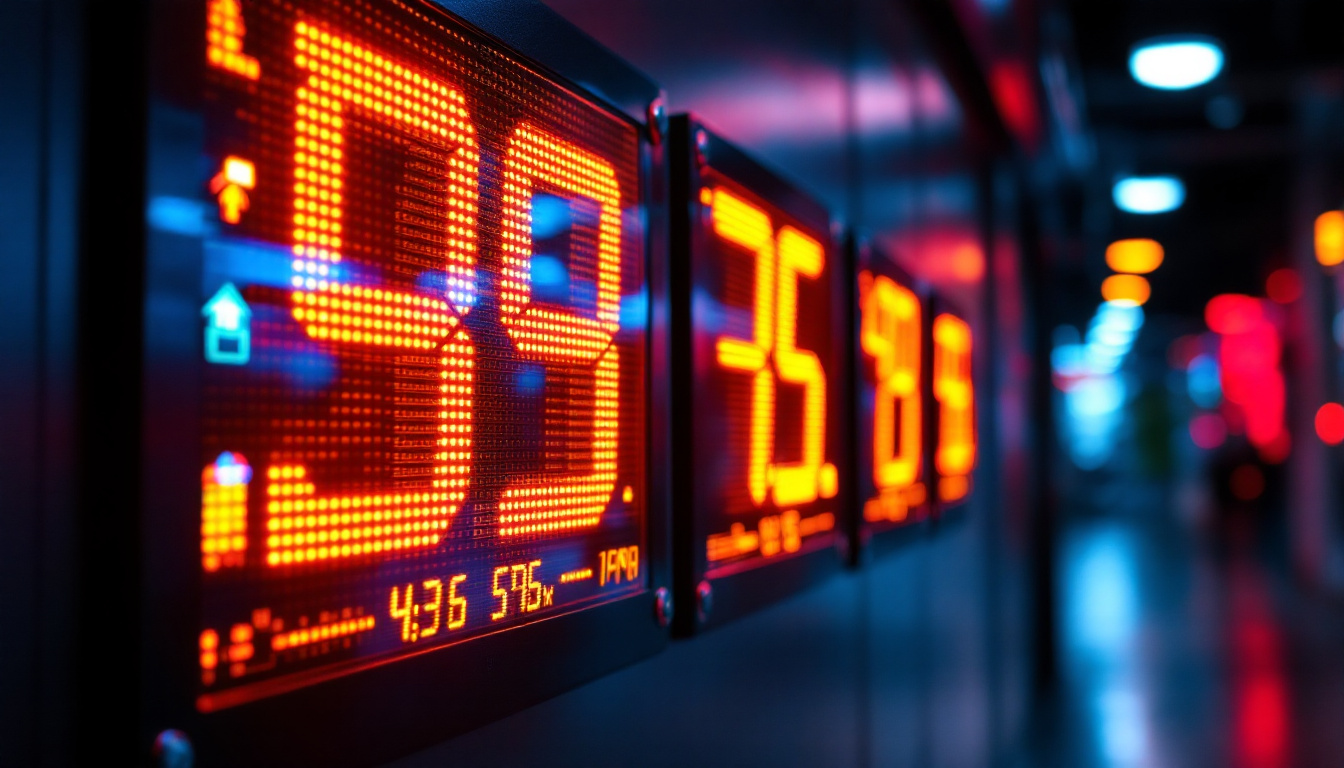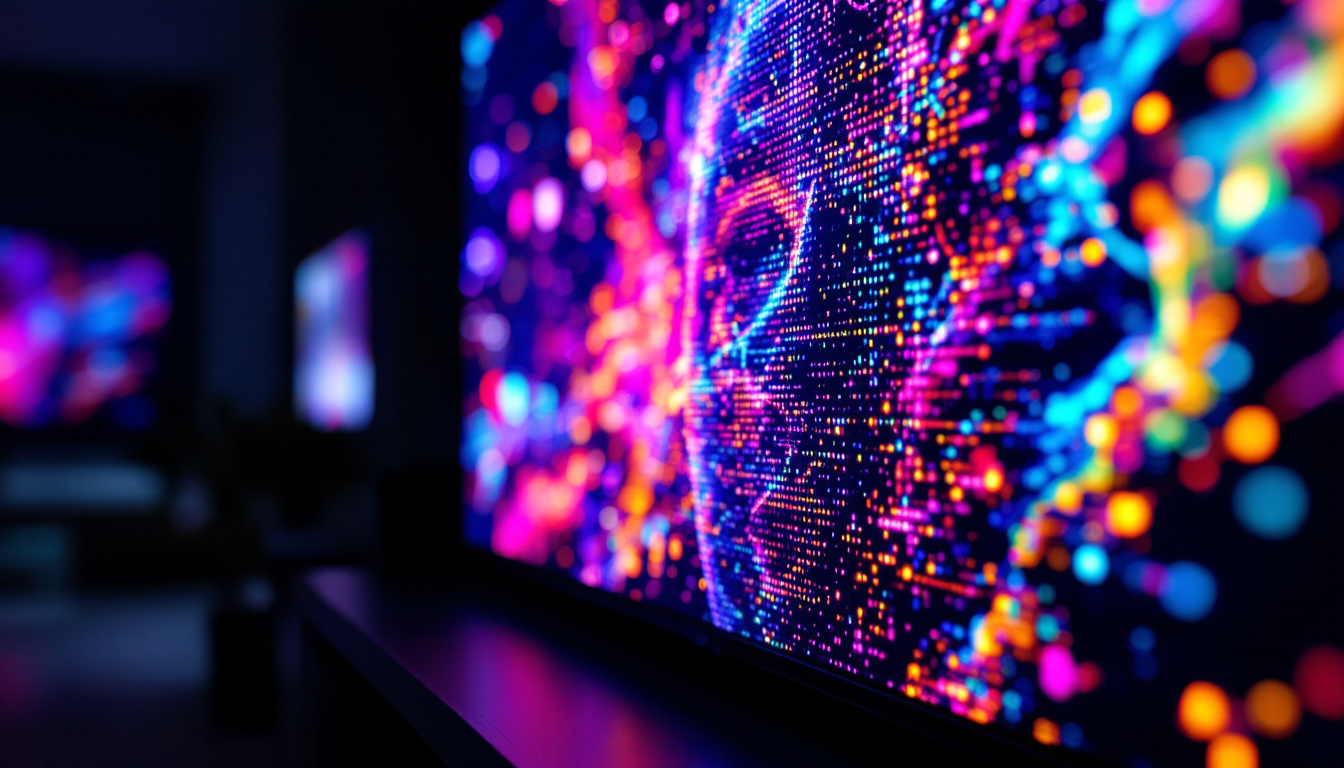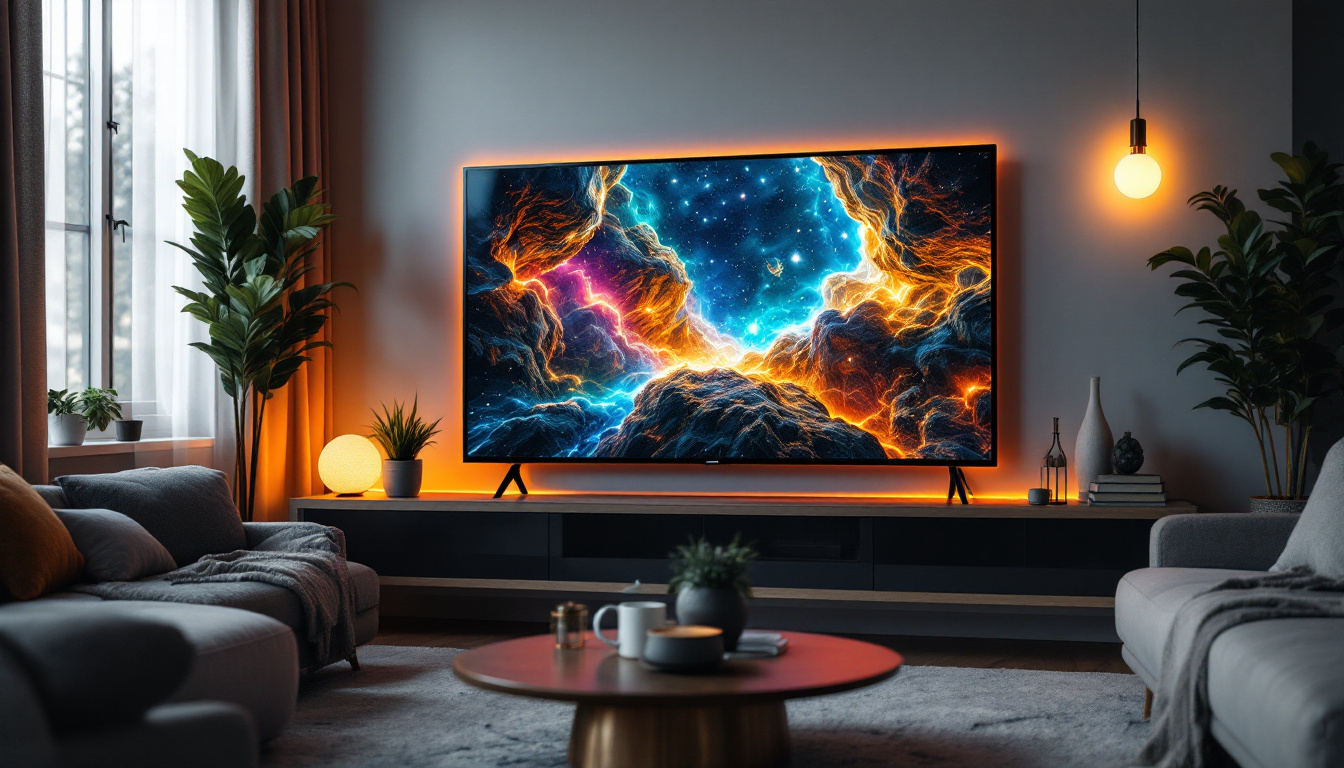In the world of visual technology, LED displays have emerged as a dominant force, revolutionizing how information is presented and consumed. From large outdoor billboards to sleek television screens, LED (Light Emitting Diode) technology has made significant strides in both performance and versatility. This article delves into the intricacies of LED displays, exploring their functionality, applications, advantages, and future trends.
Understanding LED Technology
LED technology operates on a simple principle: when an electric current passes through a semiconductor material, it emits light. This phenomenon, known as electroluminescence, is the foundation of LED displays. Unlike traditional incandescent bulbs, LEDs are highly efficient and have a longer lifespan, making them an ideal choice for various display applications. The energy efficiency of LEDs not only reduces electricity costs but also minimizes heat generation, contributing to a safer and more sustainable environment.
Moreover, the versatility of LED technology allows for innovative applications beyond standard lighting. From architectural lighting that enhances the aesthetic of buildings to dynamic signage that captures attention, LEDs have revolutionized the way we interact with visual displays. Their ability to produce a wide spectrum of colors and brightness levels enables creative designs that can adapt to different contexts and moods, further expanding their utility in modern society.
Components of LED Displays
At the core of an LED display are several key components that work in harmony to produce vibrant images and videos. The primary components include:
- LED Chips: These are the tiny light sources that emit colored light when energized. Different colors are achieved by varying the semiconductor materials used in the chips. The advancements in chip technology have led to the development of RGB (red, green, blue) chips that can blend colors seamlessly, allowing for stunning visual effects.
- Driver Circuitry: This component regulates the power supplied to the LED chips, ensuring consistent brightness and color accuracy across the display. Sophisticated driver circuitry can also include features like dimming and color calibration, which enhance the overall viewing experience.
- Enclosure: The outer casing protects the internal components from environmental factors and enhances the display’s aesthetic appeal. Modern enclosures are designed not only for durability but also for thermal management, ensuring that the display operates efficiently even in extreme conditions.
These components work together to create a display that can be customized for various environments, from indoor settings to outdoor installations. The modular design of many LED displays allows for easy upgrades and repairs, making them a practical choice for businesses looking to invest in long-term visual solutions.
Types of LED Displays
LED displays come in various forms, each designed for specific applications. The most common types include:
- Direct View LED (DVLED): These displays consist of individual LED modules that are assembled to create a larger screen. They are often used for large-scale video walls and outdoor advertising. The seamless integration of these modules allows for impressive imagery that can be viewed from significant distances, making them ideal for stadiums and public events.
- LED-backlit LCD: In this configuration, an LCD panel is illuminated by LEDs from behind. This type is commonly found in televisions and computer monitors. The use of LED backlighting not only improves energy efficiency but also enhances the color accuracy and contrast of the displayed images.
- Organic LED (OLED): OLED displays utilize organic compounds to emit light, allowing for thinner screens and better contrast ratios. They are widely used in smartphones and high-end televisions. The self-emissive nature of OLED technology means that each pixel can be turned on or off independently, resulting in true blacks and vibrant colors that elevate the viewing experience.
Understanding these types helps in selecting the right display for specific needs, whether for commercial, industrial, or personal use. Additionally, the rapid evolution of LED technology continues to pave the way for new innovations, such as flexible displays and transparent screens, which promise to further enhance the versatility and functionality of visual media in the future.
Applications of LED Displays
LED displays are versatile and find applications across various industries. Their adaptability and performance make them suitable for numerous settings, including:
Advertising and Marketing
One of the most prominent uses of LED displays is in advertising. Billboards, storefronts, and event venues utilize large LED screens to capture the attention of passersby. The dynamic nature of LED displays allows for vibrant colors and moving images, making advertisements more engaging.
Moreover, digital signage powered by LED technology can be easily updated, allowing businesses to change their messaging in real time. This flexibility is invaluable in fast-paced marketing environments.
Entertainment and Events
In the entertainment industry, LED displays are essential for concerts, sports events, and theater productions. Large-scale LED screens provide audiences with clear visuals, enhancing the overall experience. The ability to display high-resolution images and videos ensures that even those seated far from the stage can enjoy the performance.
Additionally, LED technology is used in stage design, creating immersive environments that captivate audiences. The versatility of LED displays allows for creative setups, including curved screens and interactive installations.
Transportation and Public Spaces
LED displays are increasingly integrated into transportation systems and public spaces. Train stations, airports, and bus terminals utilize LED screens for real-time information updates, such as arrival and departure times. This enhances passenger experience by providing timely and accurate information.
Furthermore, in public spaces, LED displays serve as platforms for community announcements, event promotions, and emergency alerts, contributing to public safety and engagement.
Advantages of LED Displays
The popularity of LED displays can be attributed to their numerous advantages over traditional display technologies. Some of the key benefits include:
Energy Efficiency
LED displays consume significantly less power compared to traditional display technologies, such as CRT or LCD. This energy efficiency translates into lower electricity costs and a reduced carbon footprint, making them an environmentally friendly option.
Moreover, the longevity of LED technology means that replacements are less frequent, further contributing to sustainability efforts.
Brightness and Visibility
One of the standout features of LED displays is their exceptional brightness. They can produce vivid colors and high contrast ratios, ensuring visibility even in direct sunlight. This makes them ideal for outdoor applications, where traditional displays may struggle to compete with ambient light.
Additionally, LED displays maintain their performance over time, with minimal degradation in brightness, ensuring consistent quality throughout their lifespan.
Versatility and Customization
LED displays can be tailored to meet specific needs, whether for size, shape, or functionality. They can be assembled into various configurations, such as curved or modular designs, allowing for creative installations in diverse environments.
This versatility extends to content management as well, with many LED displays supporting real-time updates and interactive features, making them suitable for a wide range of applications.
Challenges and Considerations
While LED displays offer numerous benefits, there are also challenges and considerations that users should keep in mind:
Initial Costs
The initial investment for LED technology can be higher than traditional display options. However, the long-term savings on energy and maintenance can offset these costs over time. Businesses must weigh the upfront expenses against the potential benefits to determine the best course of action.
Technical Expertise
Installing and maintaining LED displays may require specialized knowledge and skills. Organizations may need to invest in training or hire professionals to ensure optimal performance and longevity of the displays.
Additionally, understanding the technology behind LED displays is crucial for effective content management and troubleshooting.
Future Trends in LED Display Technology
The LED display industry is continually evolving, with advancements in technology paving the way for exciting new possibilities. Some of the trends to watch include:
MicroLED Technology
MicroLED is an emerging technology that promises to deliver even higher resolution and better color accuracy than traditional LED displays. By utilizing microscopic LEDs, this technology allows for thinner screens with improved performance. MicroLED displays are expected to gain traction in consumer electronics, particularly in high-end televisions and smartphones.
Integration with Augmented and Virtual Reality
As augmented reality (AR) and virtual reality (VR) technologies continue to develop, LED displays are likely to play a crucial role in creating immersive experiences. The combination of LED displays with AR and VR can enhance user engagement in various fields, including gaming, education, and training simulations.
Smart Displays and IoT Integration
The integration of LED displays with the Internet of Things (IoT) is another trend to watch. Smart displays can be connected to various devices and systems, allowing for real-time data sharing and interaction. This connectivity can enhance user experience, making displays more responsive and tailored to individual needs.
Conclusion
LED displays have transformed the landscape of visual technology, offering unparalleled brightness, energy efficiency, and versatility. Their applications span across advertising, entertainment, transportation, and public spaces, making them an integral part of modern life.
While challenges exist, the advantages of LED technology far outweigh the drawbacks, particularly as advancements continue to shape the future of displays. As industries embrace new trends like MicroLED technology and IoT integration, LED displays are set to remain at the forefront of visual innovation.
In a world where visual communication is paramount, understanding LED displays is essential for businesses and consumers alike. Whether for enhancing marketing efforts or creating immersive experiences, LED technology is here to stay, lighting the way for the future of display technology.
Explore Cutting-Edge LED Display Solutions with LumenMatrix
Ready to elevate your visual communication and create unforgettable experiences? LumenMatrix is at the forefront of LED display innovation, offering a wide array of solutions tailored to your needs. From captivating Indoor and Outdoor LED Wall Displays to dynamic Vehicle and Sports LED Displays, our products are designed to make your brand shine. Discover the possibilities with our Custom, All-in-One, and Transparent LED Displays, and see how our technology can transform your space. Check out LumenMatrix LED Display Solutions today and step into the future of visual storytelling.

